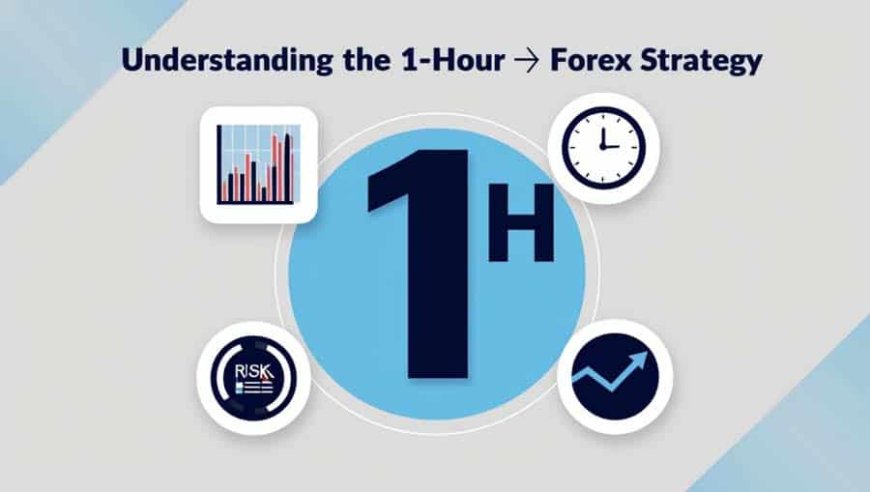Live Forex Trading Session: What I Learned in Just 1 Hour
Discover what happens in a live Forex trading session! In just 1 hour, I learned powerful lessons about market analysis, risk management, emotional discipline, and trade execution. This blog shares my first-hand experience of joining a professional Forex trading room and the strategies that traders use in real time. From economic calendars to technical indicators like RSI, MACD, and Fibonacci retracement, see how professionals plan, execute, and manage trades. Perfect for beginners and intermediate traders, this guide will help you understand why discipline, psychology, and risk management matter more than predictions.

Introduction: My First Step into Live Forex Trading
-
Quick hook: Most traders spend months reading theory, but one live trading hour changed my perspective.
-
Why live sessions matter: Real-time charts, instant decisions, and market psychology in action.
-
Personal story setup: Joining a professional trading room for the first time.
1. The First Impressions: Inside a Live Forex Trading Room
-
The pace: Constant updates, charts flashing, decisions within seconds.
-
Platforms & tools used: MetaTrader 4/5, TradingView, economic calendar apps.
-
Why this felt more powerful than watching YouTube tutorials.
2. Market Analysis Lessons That Stood Out
-
How traders scan the economic calendar for NFP, CPI, Fed rate decisions.
-
Use of support & resistance levels in decision-making.
-
Indicators I saw in action: RSI, MACD, Fibonacci retracement, moving averages.
-
Biggest takeaway: Trading isn’t guessing; it’s structured preparation.
3. Trade Execution – Timing Is Everything
-
Realization: A great analysis is useless without the right entry/exit.
-
How traders set stop-loss and take-profit with laser focus.
-
Handling news-driven volatility in seconds.
-
Lesson learned: Success is 70% preparation, 30% execution.
4. Risk Management – The Silent Hero of Trading
-
The golden rule: Never risk more than 1–2% per trade.
-
Why professional traders always calculate lot size based on account balance.
-
Risk-to-reward ratio explained with simple examples (1:2, 1:3).
-
Watching pros stick to their plan—no matter the temptation.
5. Trading Psychology & Emotional Discipline
-
Seeing traders stay calm even during losses.
-
Why revenge trading ruins accounts.
-
Discipline vs. emotions: The thin line between profit and loss.
-
Lesson: Forex is 80% psychology, 20% strategy.
6. The Art of Journaling Trades
-
Every trader kept a trading journal.
-
Recording: Entry, exit, reason, outcome, emotions.
-
How journaling builds accountability and long-term consistency.
7. Mistakes I Saw Beginners Make in Live Sessions
-
Chasing signals without analysis.
-
Over-leveraging (risking the whole account for quick profits).
-
Ignoring global events and news.
-
Key learning: Patience beats greed.
8. My Personal Takeaways from One Hour of Live Forex Trading
-
Clarity > Theory: Seeing is better than reading.
-
Discipline Wins: Stick to the plan, not the emotions.
-
Small steps grow accounts: Compounding is the real game.
-
Why I believe every beginner should attend at least one live session.
Conclusion: Should You Try a Live Forex Trading Session?
-
If you’re learning Forex, watching live trading is like sitting in a masterclass.
-
Key takeaways: Risk management, psychology, and structured analysis.
-
Advice for beginners: Start with demo accounts before trading live.
-
Call-to-action: Keep learning, practice consistently, and consider joining professional live sessions to sharpen your skills.




